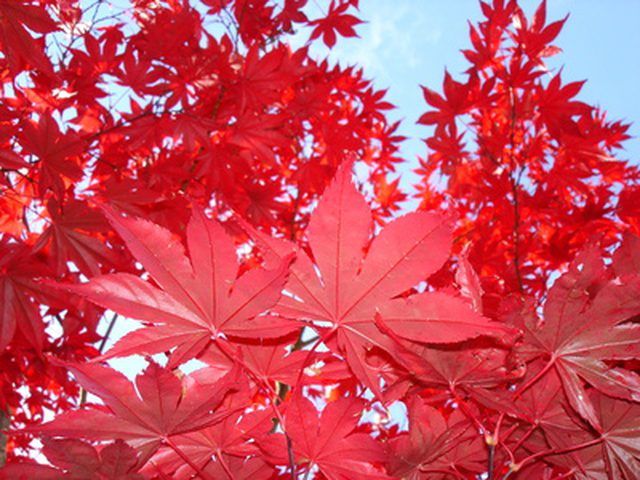Bulbs
Flower Basics
Flower Beds & Specialty Gardens
Flower Garden
Garden Furniture
Garden Gnomes
Garden Seeds
Garden Sheds
Garden Statues
Garden Tools & Supplies
Gardening Basics
Green & Organic
Groundcovers & Vines
Growing Annuals
Growing Basil
Growing Beans
Growing Berries
Growing Blueberries
Growing Cactus
Growing Corn
Growing Cotton
Growing Edibles
Growing Flowers
Growing Garlic
Growing Grapes
Growing Grass
Growing Herbs
Growing Jasmine
Growing Mint
Growing Mushrooms
Orchids
Growing Peanuts
Growing Perennials
Growing Plants
Growing Rosemary
Growing Roses
Growing Strawberries
Growing Sunflowers
Growing Thyme
Growing Tomatoes
Growing Tulips
Growing Vegetables
Herb Basics
Herb Garden
Indoor Growing
Landscaping Basics
Landscaping Patios
Landscaping Plants
Landscaping Shrubs
Landscaping Trees
Landscaping Walks & Pathways
Lawn Basics
Lawn Maintenance
Lawn Mowers
Lawn Ornaments
Lawn Planting
Lawn Tools
Outdoor Growing
Overall Landscape Planning
Pests, Weeds & Problems
Plant Basics
Rock Garden
Rose Garden
Shrubs
Soil
Specialty Gardens
Trees
Vegetable Garden
Yard Maintenance
How to Trim & Shape a Red Maple Tree
How to Trim & Shape a Red Maple Tree. The red maple tree, native to North America, is found in USDA Plant Hardiness Zones 3 to 8. The tree typically reaches 40 to 60 feet tall when fully grown. Bright-green leaves in spring and summer transform into bright red, yellows and oranges in the fall. The red maple is considered a fast-growing tree because...

The red maple tree, native to North America, is found in USDA Plant Hardiness Zones 3 to 8. The tree typically reaches 40 to 60 feet tall when fully grown. Bright-green leaves in spring and summer transform into bright red, yellows and oranges in the fall. The red maple is considered a fast-growing tree because it grows more than 1 to 2 feet a year. Trim and shape red maples so they retain an oval outline.
Things You'll Need
Pruning shears
Tree saw
Work gloves
Goggles
Ladder
Trash can or trash bag
Prune the tree in late spring. May to early June is the best time. Wait until the new leaves on the tree are fully developed. At this time of year, the tree is producing less sap. Sap flow is heavier later in the year, which can create a sticky, messy pruning experience.
Determine what branches to prune. If your tree is young, do little pruning. An older tree, or one that has never been pruned, will require more cuts. The ideal red maple shape is that of a large oval. There should be one main center branch. Prune back any competing branches.
Prune away all dead branches. Cut any branches that do not have any leaves as close to the trunk as possible. Saw the branch at an angle, close to the trunk or the nearest living branch.
Cut new shoots growing off the middle of existing branches. Established trees should have 5 to 8 main branches, and trees younger than 5 years old should have 3 to 4 main branches. Prune away shoots that sprout close to the trunk on the main branches. You want most of the new shoots to sprout from the end of the branches, rather than close to the trunk.
Remove any branches that obstruct walking or driving under the tree. Dispose of the branches in the trash or recycling center. Continue to follow the oval pruning shape in consecutive years.